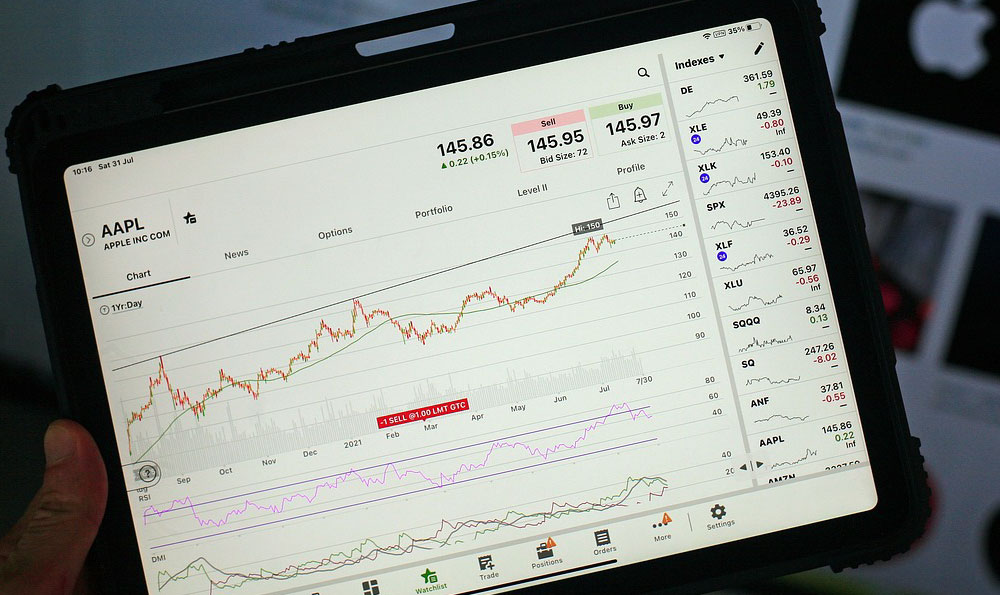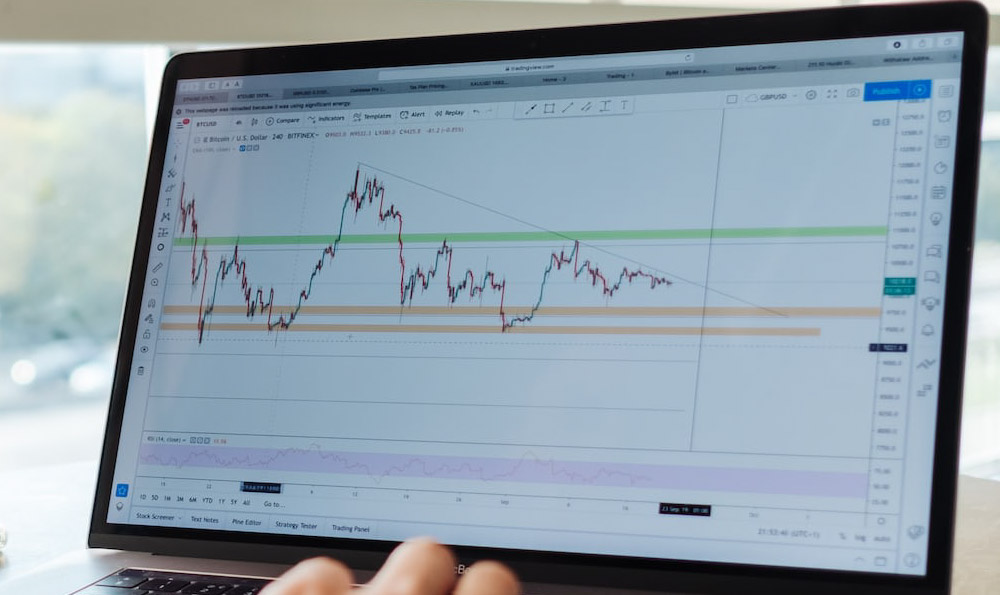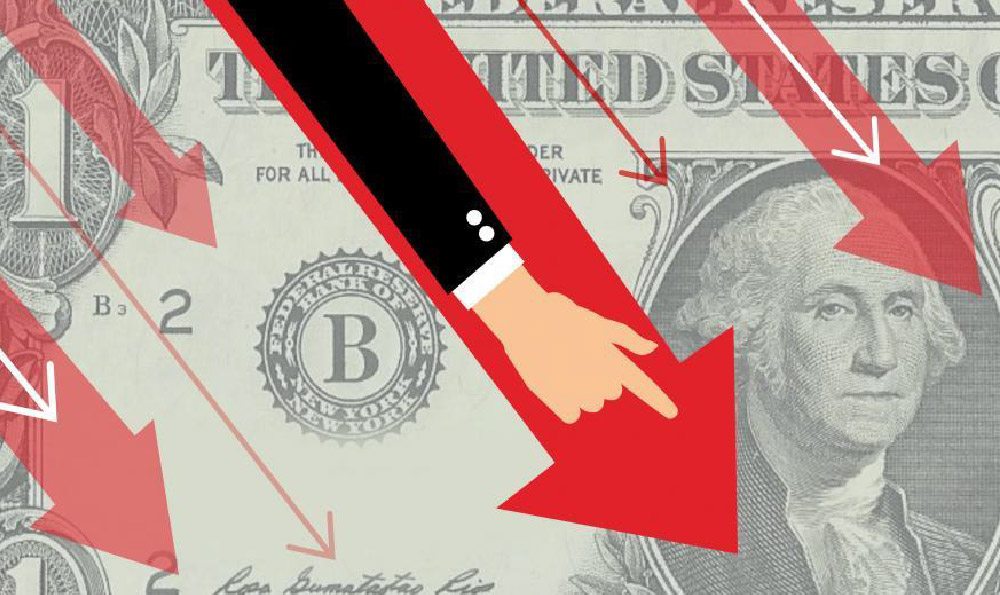The financial allure of cultivating cannabis is undeniable, especially given the burgeoning legal cannabis market across various jurisdictions. While the prospect of significant returns from a single plant can be enticing, accurately assessing the profitability requires a thorough understanding of numerous factors, ranging from cultivation methods and local regulations to market dynamics and operational costs. Determining whether it's "worth it" extends beyond purely financial considerations and includes personal ethics, legal risks, and the dedication required for successful cultivation.
Let's first address the potential revenue. Estimating the yield of a single cannabis plant is not an exact science, as it heavily depends on the growing environment, the strain, the grower's skill, and the chosen cultivation technique. Indoor cultivation, with its controlled climate and precise nutrient delivery, typically allows for higher yields compared to outdoor grows subject to weather vagaries and pest infestations. Experienced growers employing advanced hydroponic systems under optimal lighting conditions can potentially harvest upwards of a pound (approximately 450 grams) of dried flower from a single plant. Outdoor grows, while often larger in scale, generally yield less per plant due to environmental limitations, potentially ranging from a few ounces to a pound depending on the growing season and regional climate.
The market value of that yield varies significantly based on location, quality, and prevailing market conditions. In states with mature legal cannabis markets, the wholesale price per pound can range from $800 to $2,000 or even higher for premium, craft-grown flower. However, in areas with oversupply or less mature markets, prices can be substantially lower. If a grower achieves a pound of high-quality flower and sells it at a wholesale price of $1,500, that is the gross revenue from a single plant. Selling directly to consumers, where permissible by law, offers the potential for higher profits, but also necessitates additional licensing, marketing, and retail expenses.

However, gross revenue only paints part of the picture. The expenses associated with cannabis cultivation are substantial and must be carefully considered when evaluating profitability. Input costs include seeds or clones, nutrients, soil amendments, lighting (for indoor grows), ventilation, pest control, water, electricity, and security measures. If cultivating indoors, the electricity consumption for lighting and climate control can be a significant expense. Furthermore, legal cannabis operations often face higher insurance premiums and banking fees due to the perceived risk associated with the industry.
Beyond direct input costs, regulatory compliance expenses can also be significant. Obtaining the necessary licenses and permits to cultivate cannabis can be a complex and costly process, varying considerably depending on the jurisdiction. Compliance with testing regulations for potency and contaminants further adds to the operational expenses. Labor costs are another important factor, particularly for larger-scale operations requiring skilled trimmers, cultivators, and compliance officers. Even for a single plant, the time investment for tending to its needs should be factored in.
Therefore, to determine the true profitability of a single cannabis plant, one must meticulously track all expenses and subtract them from the gross revenue. The resulting figure is the net profit, which represents the actual financial gain from the cultivation effort. It is entirely possible for a poorly managed grow operation to incur losses, even with high yields, if expenses are not carefully controlled.
Now, let's address the "is it worth it" question. This is a highly subjective assessment that goes beyond purely financial considerations. From a purely investment perspective, the return on investment (ROI) must be weighed against alternative investment opportunities. If the time, effort, and capital required to cultivate cannabis could generate higher returns in other ventures with less risk and hassle, then it may not be the most prudent investment.
Furthermore, legal risks must be carefully considered. Even in jurisdictions where cannabis cultivation is legal, strict regulations govern the cultivation process, and non-compliance can result in hefty fines, license revocation, or even criminal charges. Cultivating cannabis in areas where it remains illegal carries significant legal risks, including potential arrest and imprisonment.
Beyond legal and financial considerations, personal values and ethics also play a role. Some individuals may have moral objections to participating in the cannabis industry, regardless of its legality. The time and effort required to cultivate cannabis can also be demanding, potentially impacting other aspects of one's life.
In conclusion, while a single cannabis plant can potentially generate a substantial amount of revenue, accurately assessing its profitability requires a comprehensive understanding of input costs, regulatory compliance expenses, and market dynamics. Whether it is "worth it" depends not only on the potential financial returns but also on individual risk tolerance, ethical considerations, and the willingness to dedicate the necessary time and effort to ensure successful cultivation and compliance with all applicable laws and regulations. A thorough cost-benefit analysis, considering all these factors, is essential before embarking on cannabis cultivation as a financial venture.












